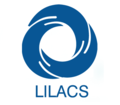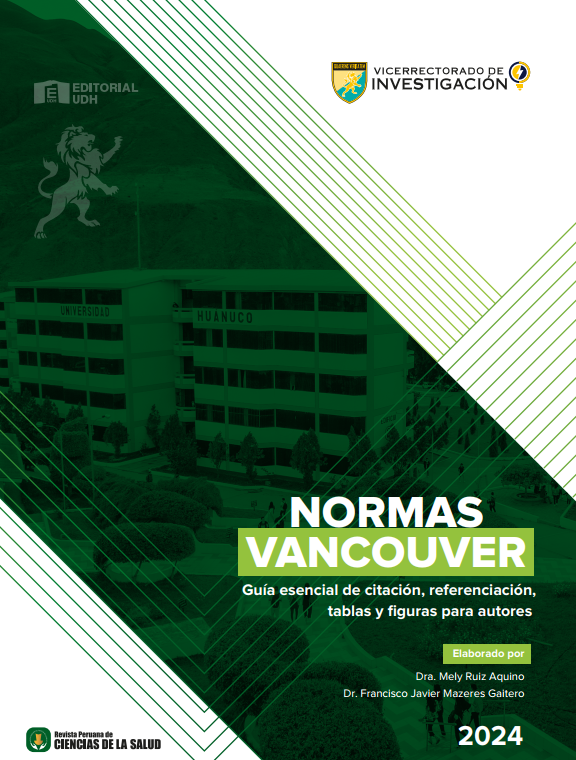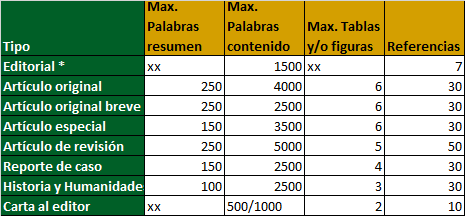Dextrosa al 10 % y dolor neonatal durante la venopunción, Hospital Regional Hermilio Valdizán de Huánuco, 2018
DOI:
https://doi.org/10.37711/rpcs.2020.2.2.121Palabras clave:
recién nacido, flebotomía, unidades de cuidados intensivos, edad gestacional, estudios transversales, glucosa, estudios prospectivos, medida de dolor, administración oral, periodo posprandialResumen
Objetivo. Determinar la efectividad de la administración oral de dextrosa al 10 % en el dolor neonatal durante la venopunción en el Hospital Regional Hermilio Valdizán de Huánuco, 2018. Métodos. Estudio cuantitativo, cuasiexperimental, transversal, prospectivo, analítico y comparativo. Se analizaron 2 grupos de 103 neonatos cada uno, con muestreo no aleatorio intencionado. Al grupo caso del área Unidad de Cuidados Intensivos Neonatales A, se administró dextrosa al 10 %, 2 minutos antes de la venopunción; mientras que el grupo control del área Unidad de Cuidados Intensivos Neonatales B no recibió nada. El dolor se identificó al minuto de la venopunción con la escala Neonatal Infant Pain Scale. Resultados. En el grupo caso predominó la ausencia de dolor (67,00 %) y dolor leve (30,10 %), en el grupo control prevaleció el dolor moderado (39,81 %) e intenso (41,75 %); resultando estadísticamente significativa (p = 0,000); al comparar igual que las variables intervinientes significativas. Tal es así que el periodo neonatal (x2 = 61,295 y x2 = 18,660, p = 0,000), tiempo post prandial (tiempo posterior a ingesta de alimentos) (p = 0,000), edad gestacional (p = 0,000), antecedente de la venopunción (x2 = 32,743 y x2 = 46,660, p = 0,000), sexo (p = 0,000), evidenciaron la efectividad de la dextrosa al 10 %. Conclusión. La solución al 10 % usada fue efectiva en el dolor neonatal, independientemente de las variables intervinientes estudiadas.
Descargas

Descargas
Publicado
Número
Sección
Licencia
Derechos de autor 2020 Revista Peruana de Ciencias de la Salud

Esta obra está bajo una licencia internacional Creative Commons Atribución 4.0.





















